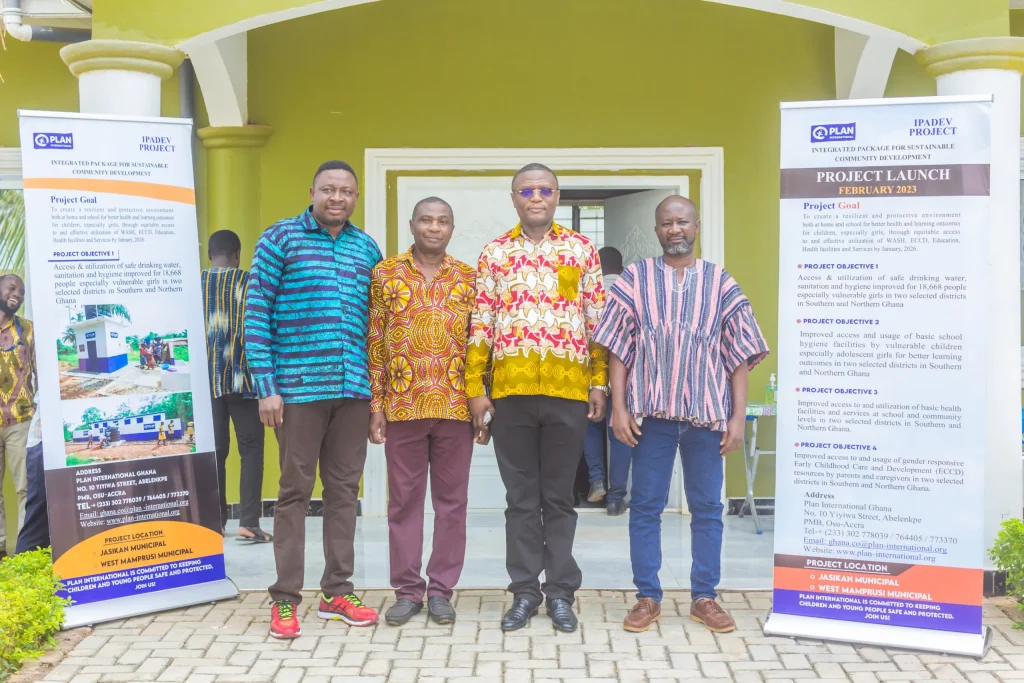|
Getting your Trinity Audio player ready...
|
The Youth Advocacy and Leadership (YAL) project and the 1.8 billion Young People for Change Campaign have ended after 18 months of implementation.
Plan International Ghana, the implementing organisation, held a close-out event to review and celebrate achievements of the project and assess progress towards its set goals.
The event was held on the theme: “From Commitment to Action: What Young People Want”.
It was to reiterate the commitments made by stakeholders under the YAL project and 1.8 billion Young People for Change Campaign, to map out specific steps for accountability.
It also sought to share the finalised draft of the commitment document led by the Ministry of Health, as well as provide a platform for continued engagement between adolescents and key stakeholders.
The project underscored the prominence of engaging adolescents in decision-making processes related to their health and well-being over the implementation period.
Miss Harriet Setsoafia, the Project Lead for the YAL project at Plan International Ghana, at the close-out event, said it was the end of an 18-month initiative that mobilised government commitments toward adolescent health and well-being.
She said the project had the aim of increasing government funding and improved policies related to adolescent health services.
The project, in collaboration with key stakeholders including the World Health Organisation (WHO), UNICEF, United Nations Population Fund (UNFPA) and the Ministry of Health, combined efforts to rally commitments for adolescent health.
Ms Setsoafia noted that the involvement of young people, particularly those aged 24 and below contributed to the project’s objectives.
She mentioned some of the challenges faced as issues related to access to quality education and health services, saying they stemmed from insufficient government efforts and funding.
She called for measures to address such gaps, saying it was essential for improving the overall well-being of young people and called on stakeholders to pay greater attention to the needs of the 1.8 billion adolescents worldwide.
She reiterated the importance of investing in the future of young people to ensure their voices were heard in designing and implementing programmes.
Mr Edmond Nartey, the Technical Officer for Adolescent Health at WHO, said providing quality health services for adolescents was necessary to realising their full potentials.
He underscored the importance of creating a safe and enabling environment for young people to thrive, along with the need for financial commitments to ease the burden of accessing reproductive health services.
He said it was significant to review national adolescent health policies to align with international standards, adding that government must actively engage young people in decision-making processes.
He said, “there should be nothing for young people without young people,” emphasising how understanding the perspectives of adolescents was crucial to delivering effective services.
Mr Nartey highlighted ongoing challenges related to funding and the implementation of policies particularly the National Youth Policy and the Adolescent Policy.
He acknowledged that while funding remained a significant issue, the government was making efforts to mobilise resources including specific budget allocations for adolescent health services.
Mr Nartey called for continued financial support and implementation efforts from stakeholders to enhance the well-being of adolescents in the country.
Mr Patrick Tonye, the Adolescent Focal Person at the Northern Regional Health Directorate, said some challenges faced by young people that pertained to adolescent health and reproductive rights were due to lack of information about available services in those areas.
He said collaboration amongst stakeholders, civil society organisations and government could enhance adolescent health targeted services.
Participants gave insights into adolescent issues drawing from experiences on access to health services.
They gave recommendations, including the need to include mental health into basic school curriculum and the provision of visuals on adolescent health information to benefit the hearing impaired.
Source: GNA
Send your stories to Email: myghanadaily@gmail.com • WhatsApp: +233 577 145 140
Send your news stories to
Email: myghanadaily@gmail.com •
WhatsApp: +233 577 145 140


